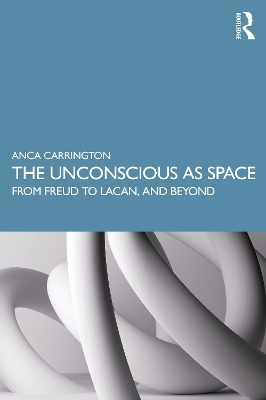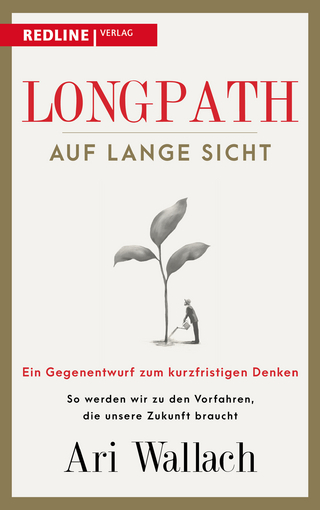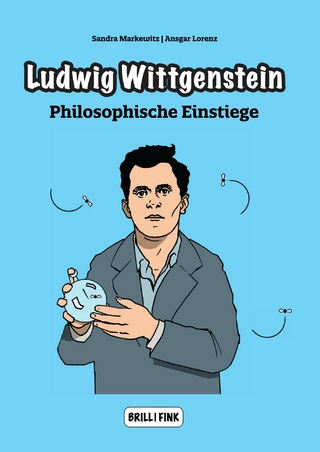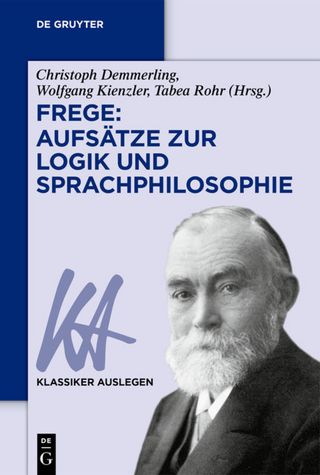
The Unconscious as Space
Routledge (Verlag)
978-0-367-34353-8 (ISBN)
Anca Carrington introduces mathematical models of space, from dimension theory to algebraic topology and knot theory, and considers their immediate psychoanalytic relevance. The hypothesis that the unconscious is structured like a space marked by impossibility is then examined. Carrington considers the clinical implications, with particular focus on the interplay between language and the unconscious as related topological spaces in which movement takes place along knot-like pathways.
The Unconscious as Space will be of appeal to psychotherapists, psychoanalysts and mental health professionals in practice and in training.
Anca Carrington is a London-based psychoanalyst with a particular interest in Lacanian analysis, and an associate member of the Centre for Freudian Analysis and Research. In her previous career she worked in spatial analysis and remains interested in the application of mathematical thinking to the field of psychoanalysis.
Preface
PART I: INTRODUCTION
1. Introduction
2. The Freudian and post-Freudian unconscious as spatiality
2.1. Freud's maps
2.2 Post-Freudian emphasis
PART II: THE UNCONSCIOUS AS INACCESSIBLE SPACE
3. The unconscious as infinity and the possibility of incompleteness
3.1. Counting, recurrence and the spaces in between
3.2. From numbers to posited dimensions
3.3. Infinity and incompleteness in the unconscious
3.4. The unconscious as inaccessible space between points of encounter
4. The rigour of spatial dimensions – of shadows and recurrences
4.1 Flatland and beyond
4.2. From higher to lower dimensions: projection
4.3. From lower to higher dimensions: repetition
4.4. Spatial dimensions in psychoanalysis
5. The unconscious as inaccessible and the exclusivity of the fourth dimension
5.1. Hyperspace – a primer
5.2. The unconscious as four-dimensional space
5.3. Dimensions in the clinic
5.4. No dimensions and the inscription of impossibility
PART III: THE UNCONSCIOUS AS DOMAIN OF IMPOSSIBILITY
6. Structures of the impossible
6.1 Mathematical representations of impossibility
6.2 Holes and the unconscious
6.3 The Oedipus complex as prohibition veiling impossibility
6.4 Negations of impossibility
7. The unconscious as topological space
7.1 Topology – a primer
7.2 Holes and the unconscious, revisited
7.4 Embedded or not – back to dimensions
8. The unconscious as knots
8.1 Knots – a primer
8.2 Knots as structure and pathways through language
8.3 Knots in the clinic
8.4 Knots and dimensions
PART IV: CLINICAL IMPLICATIONS
9. The spatial unconscious and the clinic of psychic structures
9.1. The recurrence of suffering
9.2 Identification and subjectivity
9.3 Dimensions in the clinic, revisited
10. Clinical implications
10.1 Topology in the clinic
10.2. Clinical illustration
10.3 Interpretation, the cut and the analytic act
11. Concluding comments
| Erscheinungsdatum | 05.06.2024 |
|---|---|
| Zusatzinfo | 35 Line drawings, black and white; 35 Illustrations, black and white |
| Verlagsort | London |
| Sprache | englisch |
| Maße | 156 x 234 mm |
| Gewicht | 385 g |
| Themenwelt | Geisteswissenschaften ► Philosophie ► Logik |
| Mathematik / Informatik ► Mathematik ► Geometrie / Topologie | |
| Medizin / Pharmazie ► Medizinische Fachgebiete ► Psychiatrie / Psychotherapie | |
| ISBN-10 | 0-367-34353-3 / 0367343533 |
| ISBN-13 | 978-0-367-34353-8 / 9780367343538 |
| Zustand | Neuware |
| Informationen gemäß Produktsicherheitsverordnung (GPSR) | |
| Haben Sie eine Frage zum Produkt? |
aus dem Bereich


